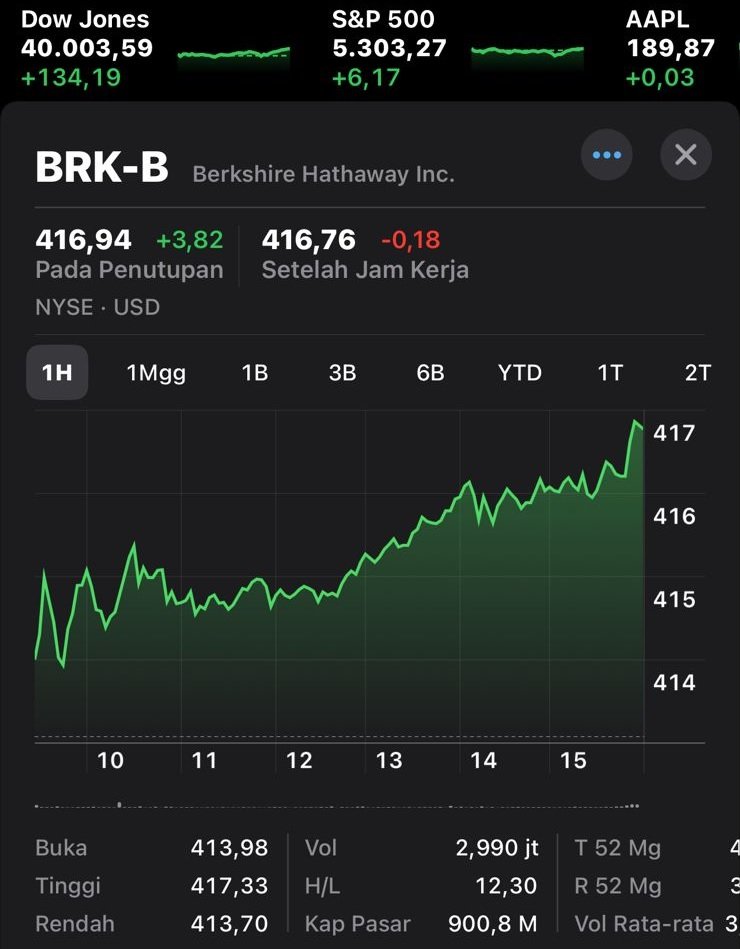To overcome the backlog problem effectively in our company’s business, we must first understand what this backlog means. The meaning of backlog is the accumulation of unfinished tasks or work that has not been completed within a certain period of time. This can happen in any area of business in any sector, including customer service, production or project management.
One of the main causes of backlogs is poor workflow management setup. When tasks are not prioritized correctly or resources are not allocated correctly, they can quickly pile up due to incomplete completion and cause a backlog. Additionally, factors such as inadequate and/or poorly trained staff, inefficient processes, or unexpected disruptions can also contribute to this backlog.
To deal with backlogs effectively, we must be able to identify the root problems in the business that cause them. Conduct a thorough analysis of our company’s workflow, resource allocation, and any obstacles that may be hindering productivity. By understanding the underlying problem, we can then implement targeted solutions to reduce and prevent backlogs.
Negative Impact of a Backlog.
Having deposits in our business can have a significant negative impact that could hinder the company’s business growth and success. One of the main impacts is reduced company productivity. When many tasks remain unfinished, this can slow down our company’s business progress. This situation can lead to missed deadlines, dissatisfied customers, and a decrease in a company’s business revenue.
Backlog also affects the work morale and satisfaction of company employees. When employees constantly work under pressure due to work piling up due to backlogs, this can cause stress, fatigue and decreased motivation. This condition in turn can result in high employee turnover and a negative work culture in the company.
Apart from that, backlogs can hinder our ability to make appropriate and competent business decisions. When tasks pile up, it’s difficult to get an accurate picture of the current state of our company’s business. This one can make it difficult to identify business trends, available opportunities, or areas for improvement.
What is Zero Backlog?
Zero backlog is a situation where there are no pending or unfinished tasks in a company’s business activities. This means that all work is completed within a predetermined time period and there is no backlog of tasks waiting to be completed.
Achieving zero backlog requires a proactive and systematic approach in managing tasks in the company. This involves implementing efficient workflow processes, prioritizing tasks effectively, and ensuring adequate resources are allocated to each task at hand. This also requires a commitment to continuous improvement and overcoming any obstacles or inefficiencies that may arise in the company’s business activities.
Why Zero Backlog is Important for Business Success.
Achieving zero backlog is critical to a company’s business success because it has a direct impact on productivity, customer satisfaction and company profitability. When tasks are completed on time, this allows for a smooth flow of work within the company and ensures deadlines are met. This one can also increase productivity and allow the company’s business to operate optimally.
Zero backlog also increases the company’s customer satisfaction. When tasks are completed quickly, it shows the reliability and professionalism that the company provides to their customers. These conditions, in turn, can increase a company’s customer loyalty, positive word of mouth, and a stronger reputation in the market.
From a financial point of view, zero backlog can contribute to increasing the profitability that the company produces. By eliminating the accumulation of unfinished work, this means reducing the risk of missed revenue opportunities and costly mistakes for the company. This allows enterprise businesses to operate efficiently, optimize their resources, and focus on revenue-generating activities.
How to Maintain a Zero Backlog Environment in Business.
Maintaining a zero backlog environment in a company’s business requires a combination of effective strategy and ongoing commitment from management. Here are several important steps that can help us achieve and maintain zero backlog, including:
Simplify workflow processes.
Analyze our company’s current workflow processes and identify any inefficiencies or bottlenecks. Simplify and automate tasks wherever possible to optimize productivity and reduce the possibility of backlogs or delayed work.
Prioritize tasks effectively.
Implement a clear work priority system to ensure that tasks within the company are handled in order of importance. This helps prevent work buildup and ensures important tasks are completed in a timely manner.
Allocate resources appropriately.
Assess our company’s resource allocation and ensure that each task has the resources necessary to complete its assigned tasks, this includes personnel, equipment, and materials. Allocating adequate resources prevents work delays and minimizes the risk of backlogs (unfinished work).
Monitor and track progress.
Monitor and track task progress regularly to ensure they are on track and can be completed within the specified timeframe. This allows early identification of potential backlogs (pending work) and allows timely intervention.
Continuous improvement.
Foster a culture of continuous improvement in our company’s business. Periodically review processes within the company, gather feedback from employees, and implement necessary changes to eliminate inefficiencies in operations and prevent backlogs or delayed work.
By following these steps and maintaining a proactive approach to task management, management can maintain a zero backlog environment in the company’s business and ensure the company’s continued success.













